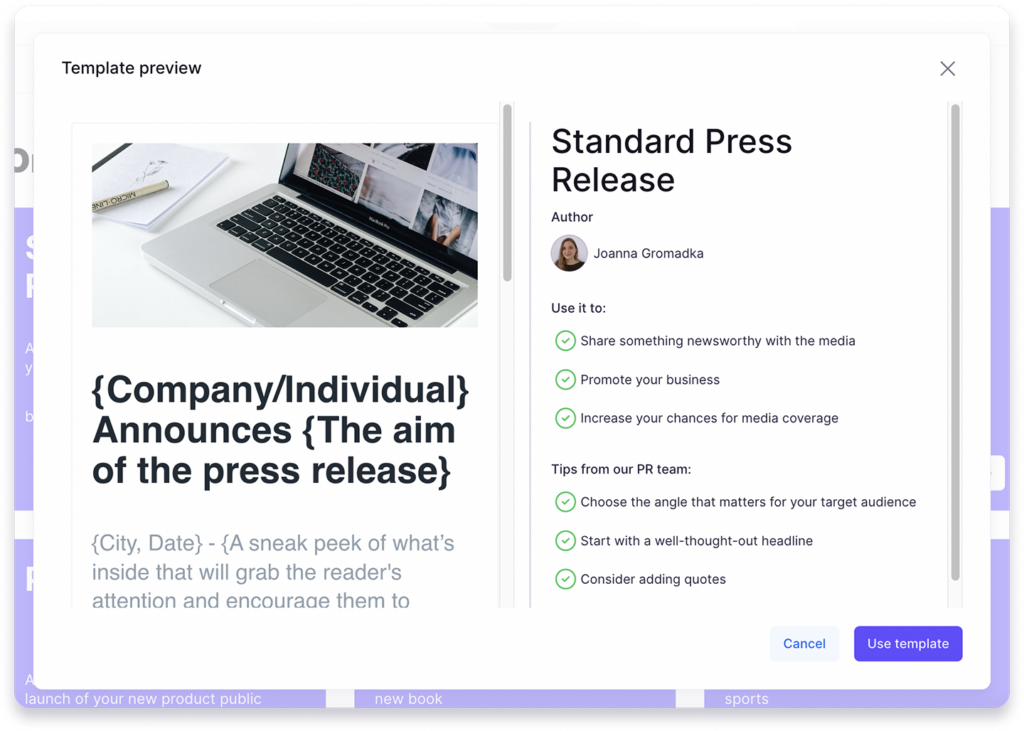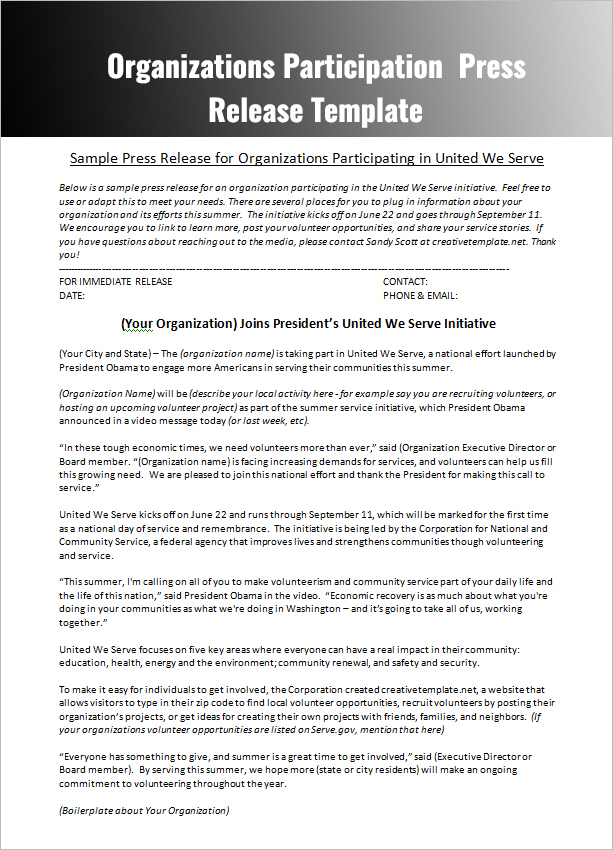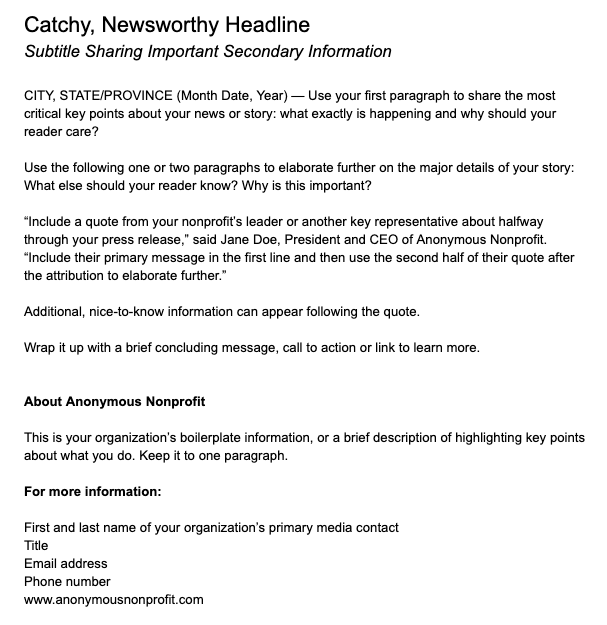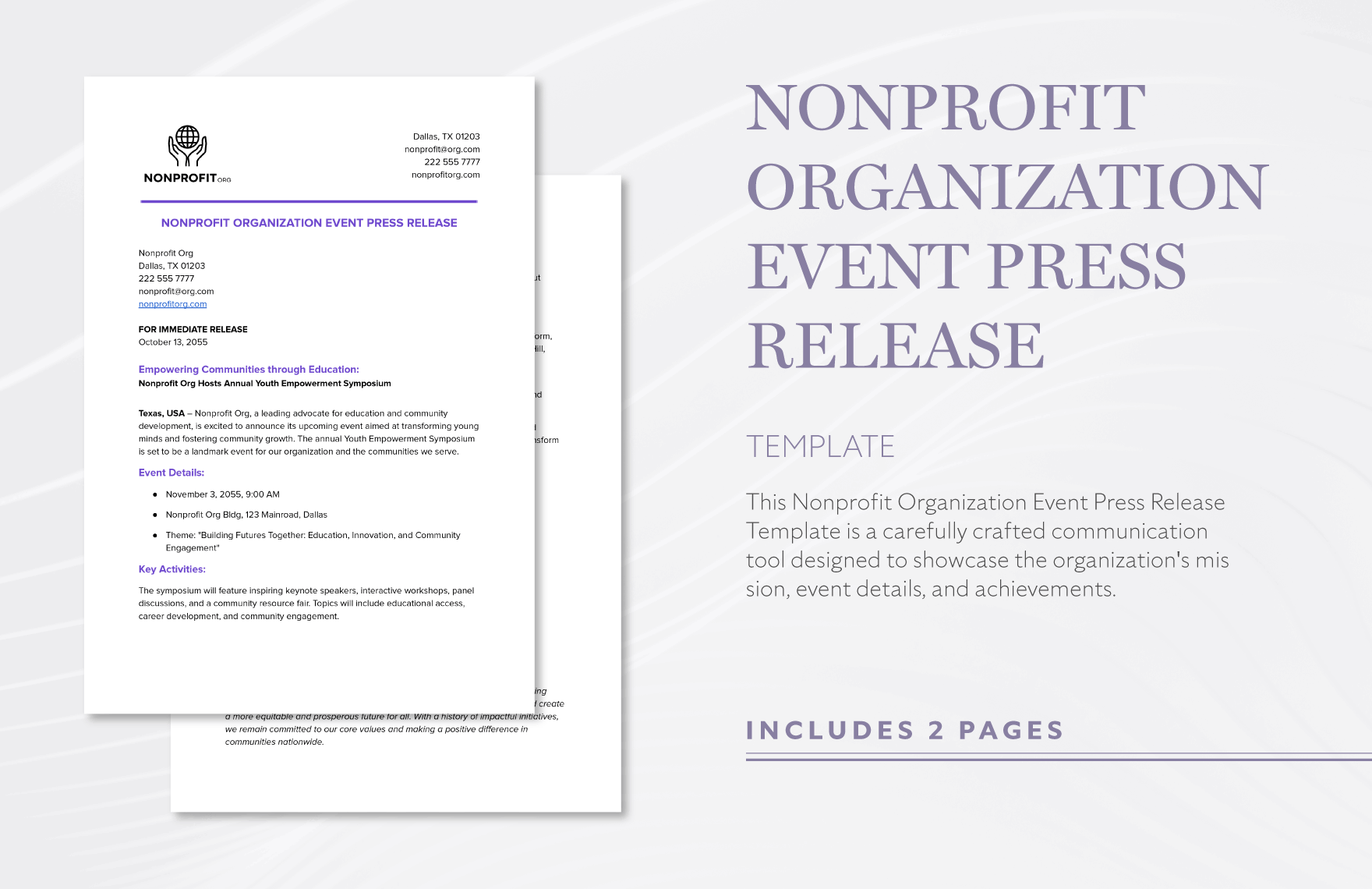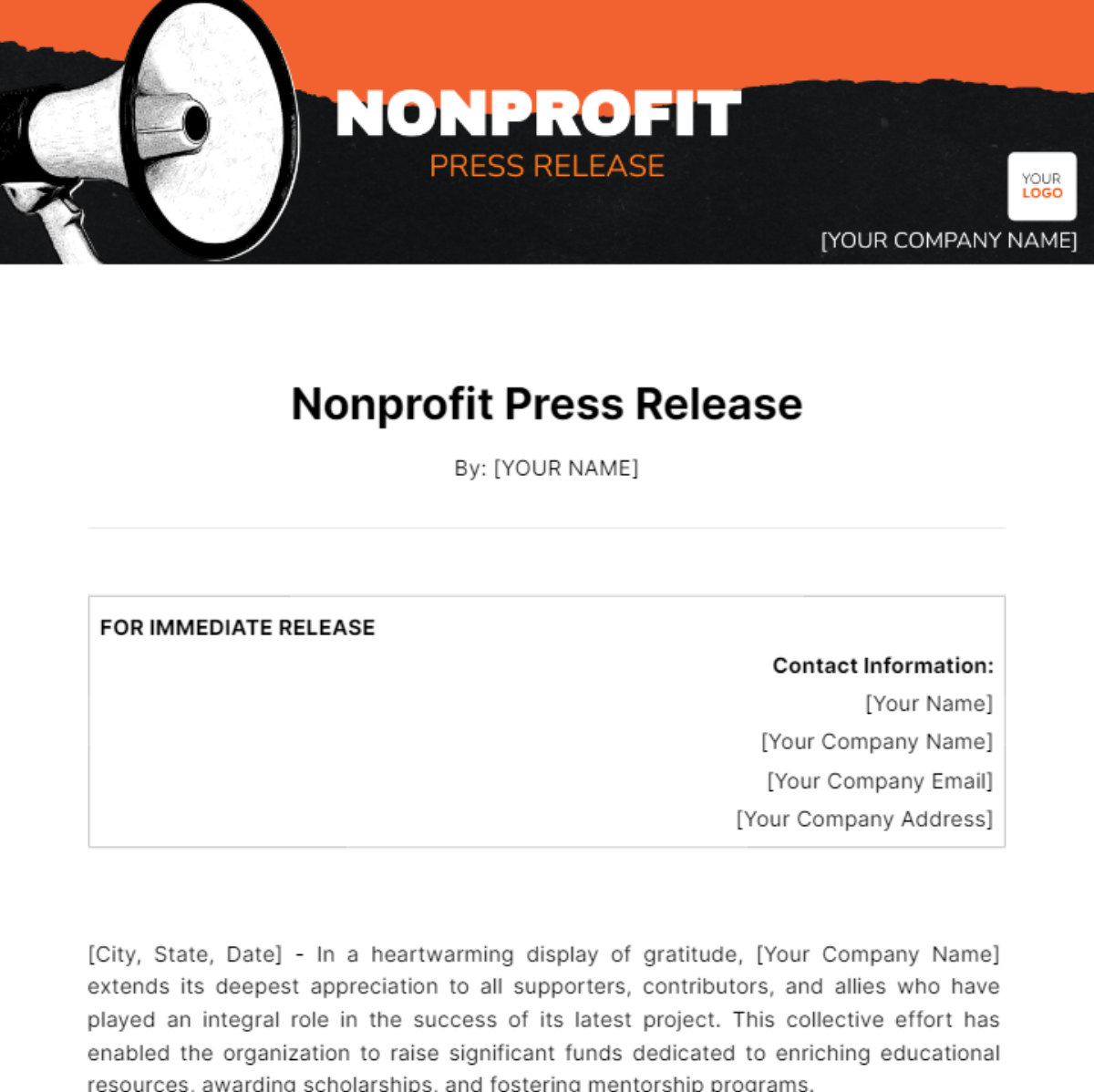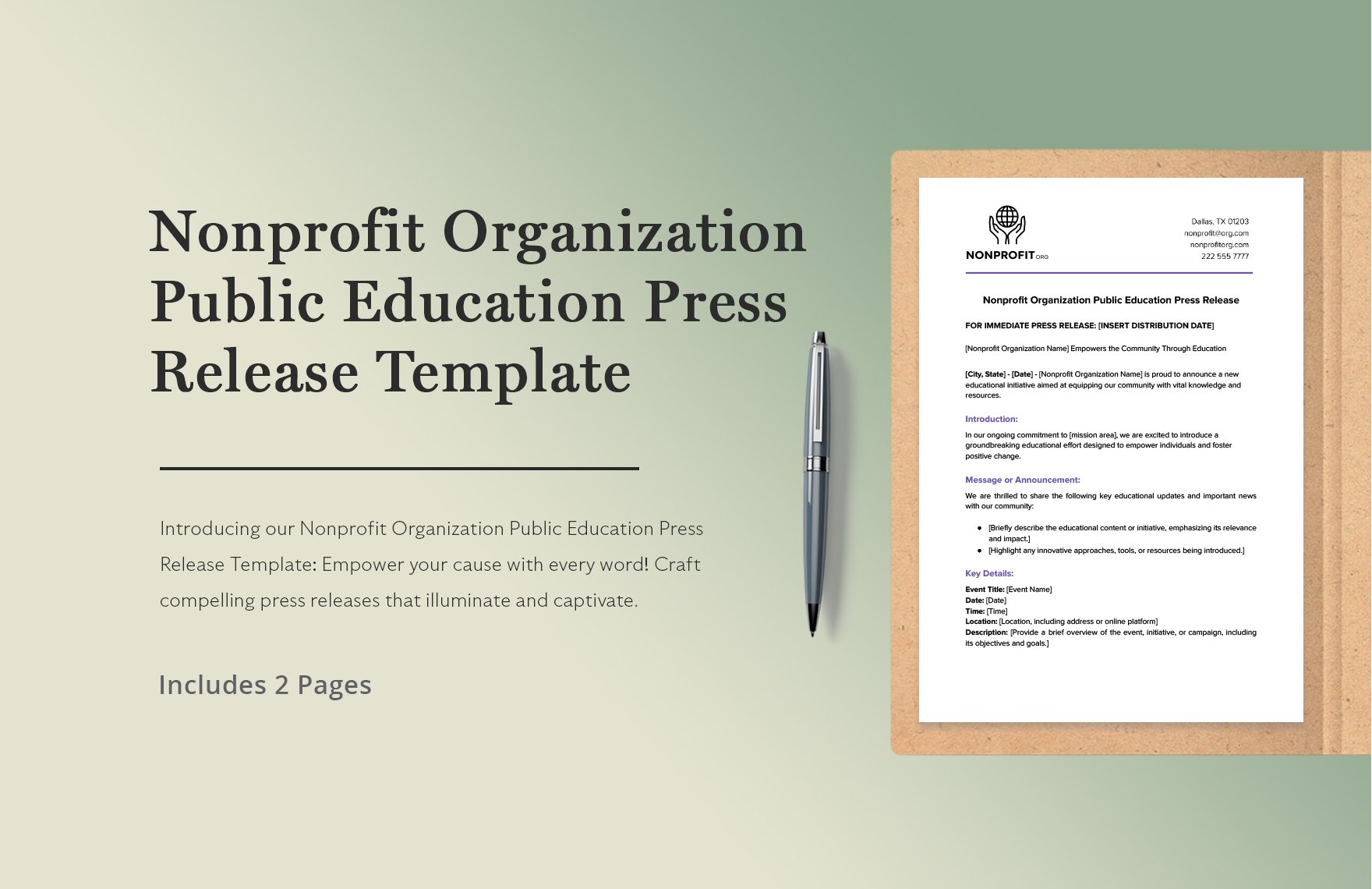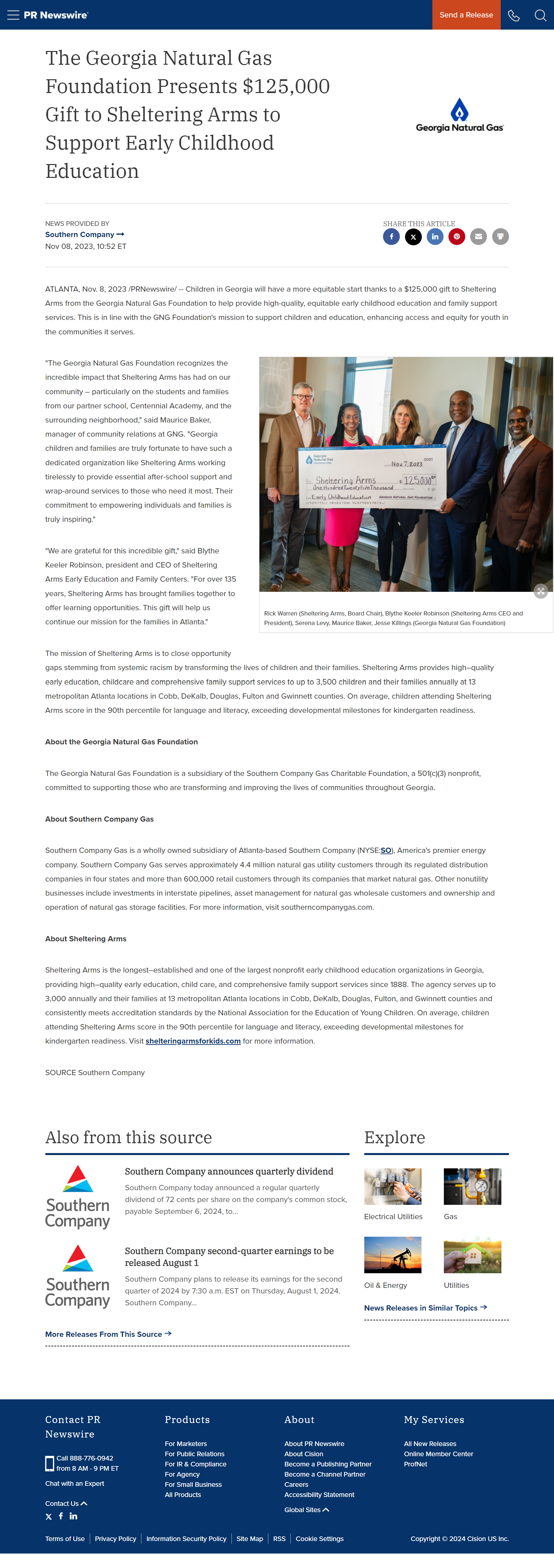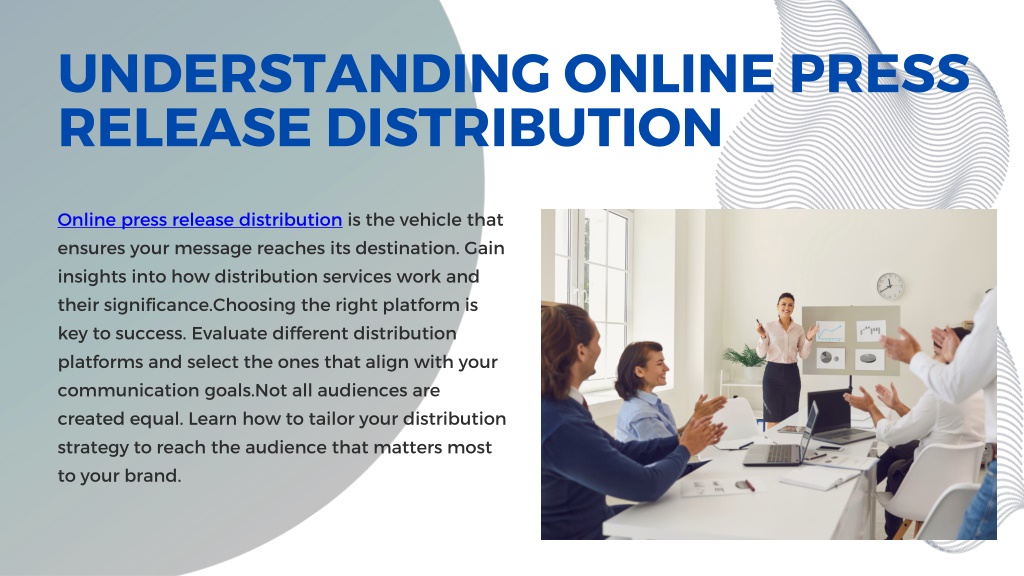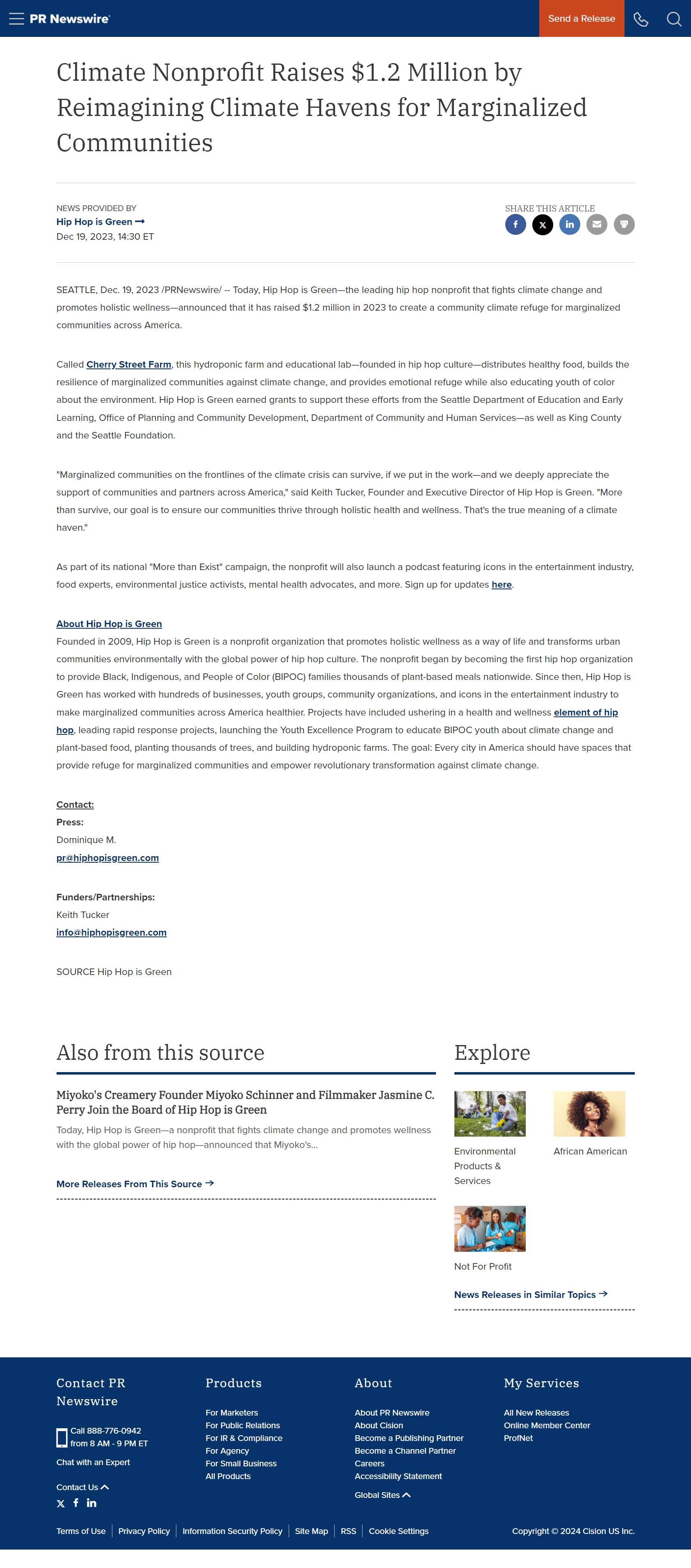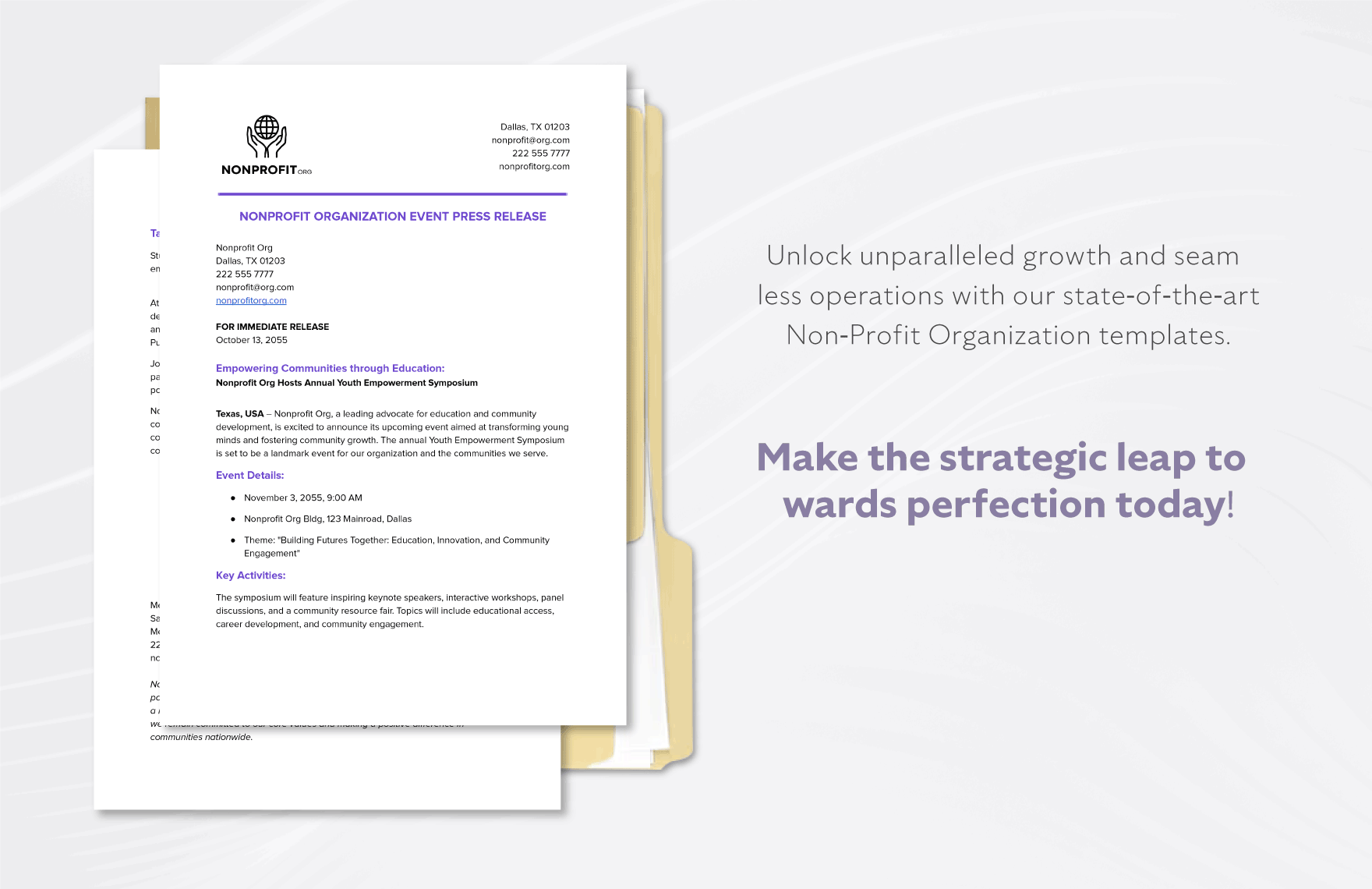Free Press Release Distribution For Nonprofits
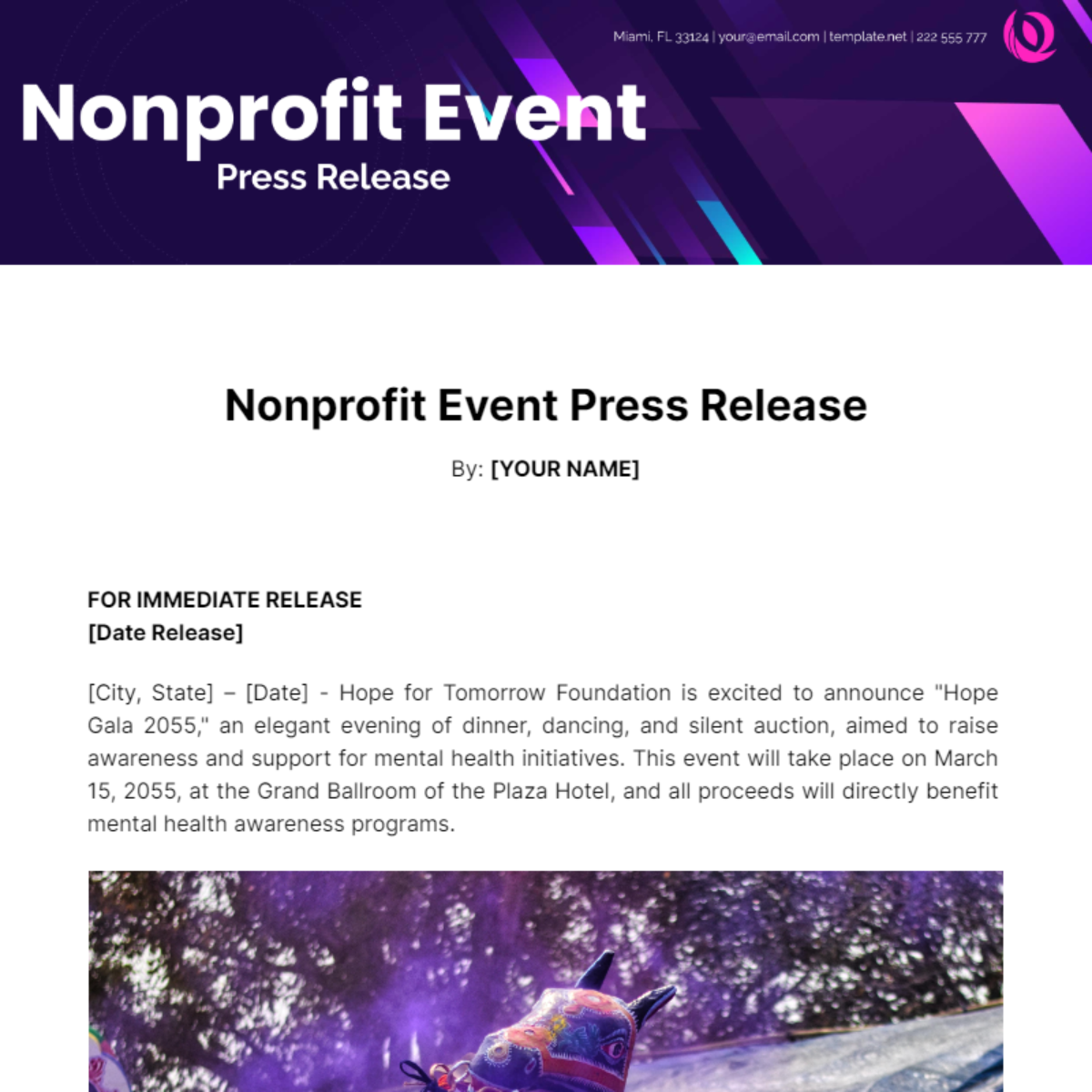
In an era defined by relentless information overload, nonprofits face an uphill battle in securing media attention for their crucial work. The struggle to amplify their message can be particularly acute for smaller organizations operating on shoestring budgets. However, a growing number of platforms are offering free press release distribution services, potentially leveling the playing field and offering a lifeline to nonprofits striving to raise awareness and attract support.
This article explores the burgeoning landscape of free press release distribution for nonprofits. It examines the benefits and limitations of these services, explores the key players in the field, and offers insights for nonprofits looking to effectively leverage these tools to maximize their impact.
The Promise of Free Distribution
The core appeal of free press release distribution lies in its accessibility. Nonprofits, often burdened with limited financial resources, can disseminate their news to a wide audience without incurring significant costs.
This can translate to increased visibility, media coverage, and ultimately, enhanced opportunities for fundraising and program expansion. However, the "free" label often comes with caveats, requiring careful consideration of the actual value delivered.
Understanding the Trade-offs
Free distribution services typically offer a more limited reach compared to their paid counterparts. This reach affects the potential for pickup by major news outlets.
Many free services rely on automated distribution to lower-tier websites and directories. While this may contribute to search engine optimization (SEO), the impact on genuine media engagement can be minimal.
Furthermore, free platforms may impose restrictions on the number of releases distributed or the inclusion of multimedia elements, potentially hindering a nonprofit's ability to craft compelling narratives.
Key Players in the Free Distribution Arena
Several platforms offer free press release distribution options, each with its own strengths and weaknesses. PRLog, for example, is a popular choice, known for its ease of use and relatively broad distribution network.
24-7 Press Release Newswire provides a free option with basic features, while also offering tiered paid plans for enhanced services. Press Release Point offers a free plan with limited features and distribution.
It’s important for nonprofits to carefully evaluate the specific features and limitations of each platform before committing to a particular service. Consider factors like distribution reach, editorial oversight, and the ability to track results.
Evaluating Distribution Reach
The most crucial aspect of any press release distribution service is its reach. Nonprofits need to discern whether the promised reach translates into actual visibility with their target audience.
Simply having a press release appear on hundreds of obscure websites provides little tangible benefit if those websites are not frequented by journalists, donors, or beneficiaries. Understanding the specific outlets and platforms included in a distribution network is essential.
Look for platforms that provide data on readership and engagement, allowing nonprofits to assess the potential impact of their releases. A smaller, more targeted distribution network may be more effective than a larger, less focused one.
Maximizing Impact: Tips for Nonprofits
Even with free distribution, nonprofits can take steps to maximize the impact of their press releases. Crafting a compelling and newsworthy story is paramount.
Avoid generic pronouncements and focus on highlighting impactful programs, noteworthy achievements, or urgent needs. Include compelling data, personal anecdotes, and high-quality images or videos to capture the attention of journalists and the public.
Target your releases to specific media outlets and journalists who cover relevant topics. Personalized outreach can significantly increase the chances of securing media coverage.
The Importance of SEO
Even if a press release doesn't generate immediate media coverage, it can still contribute to a nonprofit's online visibility through SEO. Optimizing releases with relevant keywords can improve search engine rankings, making it easier for potential donors and beneficiaries to find the organization.
Use relevant keywords in the headline, body, and tags of the press release. Include links back to the nonprofit's website to drive traffic and improve SEO.
However, avoid keyword stuffing, which can be penalized by search engines. Focus on creating high-quality, informative content that naturally incorporates relevant keywords.
Building Relationships with Journalists
While free distribution can help get a press release in front of journalists, building relationships with members of the media is even more crucial. Cultivating relationships with journalists is also important.
Follow journalists who cover relevant topics on social media and engage with their work. Offer them exclusive story ideas and be available to answer their questions promptly and thoroughly.
Attending industry events and networking with journalists can also help build relationships and increase the chances of securing media coverage. These relationships can amplify your message.
The Future of Free Distribution
The landscape of free press release distribution is constantly evolving, with new platforms and technologies emerging regularly. As the demand for accessible communication tools grows, we can expect to see further innovation in this space.
The rise of AI-powered writing tools may also play a role in shaping the future of press release creation and distribution, potentially making it easier and more affordable for nonprofits to generate compelling content. However, the human element of storytelling and relationship-building will remain essential.
For nonprofits, the key to success lies in understanding the limitations and opportunities presented by free distribution services and leveraging them strategically as part of a broader communications plan. By combining free distribution with targeted outreach, compelling storytelling, and strong media relations, nonprofits can amplify their message and make a greater impact on the world.

